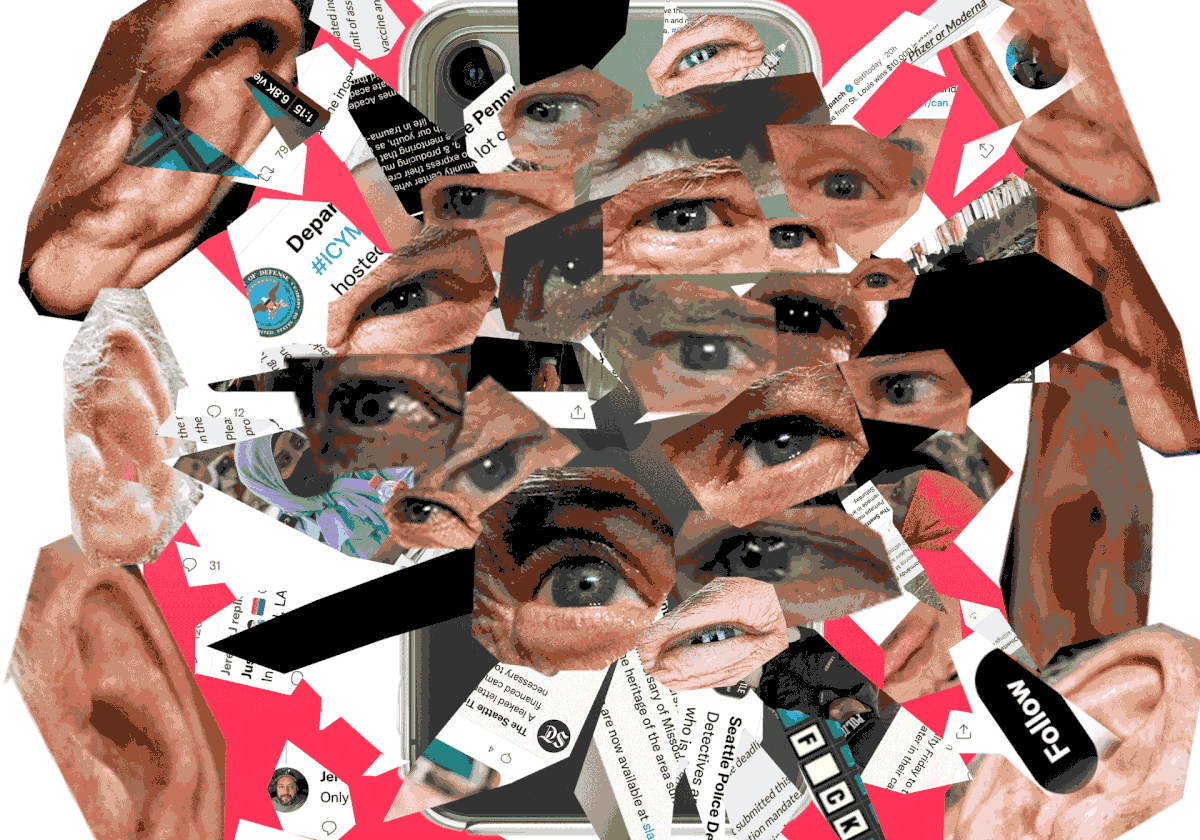


Bryan Robertson has been deeply engaged with researching authoritarian social structures due to two major influences: the experience of his grandparents’ escape from the Soviet takeover of Czechoslovakia and Poland, which influenced his thinking about the world; and the time he spent living with a host family in post-Soviet Ukraine, which spurred his interest in the connection between power and information. “It was eye-opening to see significant portions of the Ukrainian population taking placebo pills to counteract the effects of Chernobyl because the government told them it would keep them safe.” The concept of controlling and restricting information in order to control the power dynamic is partly what led to his movement towards the visual arts, as he observed that in this New Media Age, “the image is more important than words.” Using Dada and Cubism as a foundation, he creates an overall sensation of dislocation in his work by manipulating symbols of popular culture and metaphors to depict the social fractures which occur from the proliferation of access to information.
The function of power in the New Media Age, in particular, “how access to information and connectivity between peoples & places put the public on equal footing with authority structures,” is at the crux of Robertson’s moving digital collage, New Media. He writes:
“The viewer is subjected to a cluster of eyeballs with information shards emanating from the center of the composition. The eyes are ambiguous and subjective to the viewer, but they release a sense of paranoia and schizophrenia as a never-ending stream of information is released. As the data flows, specific shards become redacted and censored from view, as authority strikes back at the public’s access to information, threatening the legitimacy of contemporary power structures…The [goal] of this project was to create images that focus on the conditions that allow for totalitarianism to arise in any given society at any given moment.”
The violence of the scattered and flying shards in Robertson’s piece serves as an ominous warning, even as the hypnotic, repetitive motion gradually lulls the viewer into an eerily soothing sense of complacency. It is a reminder that although information is in many ways more accessible than it ever has been, access to this information for the good of the people as a whole is not always guaranteed.